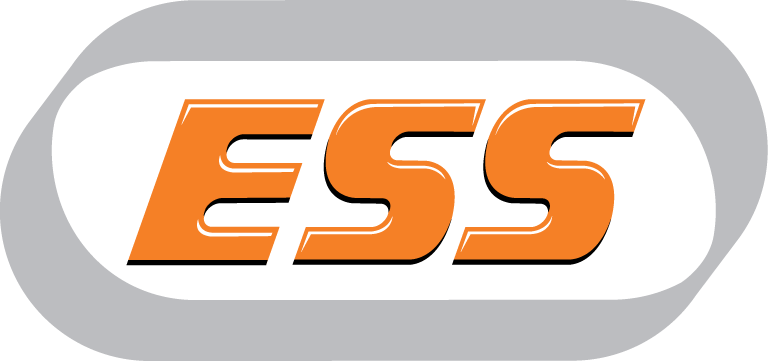Spillage
Spillage in industrial and mining operations is a problem impacting safety, efficiency, and environment.
Spillage is fugitive material that falls from the carry side of the conveyor belt, and it is most common around the load zone, but can occur anywhere along the line of the belt. Spillage often falls on walkways running beside or underneath the conveyor.
Spillage Risks & Concerns
Spillage can become a drop hazard if spillage falls in lump from a height. Slips, trips and fall risks are increased in areas where there is material spillage on the walkway, which can also create an entanglement risk.
The force with which spillage hits the ground, increases material fracture which increases airborne dust. Depending on the environment, spillage can also contaminate the surrounding area of other materials being conveyed (for example, ship loader facilities where more than one product is being conveyed).
Spillage becomes part of a continuous cycle; misalignment causes spillage, and spillage causes misalignment as the friction on the idler and belt changes, causing the misaligning of the belt. Fugitive material may bury idlers, conveyor components, or structural supports, requiring costly clean-up labour and replacement parts.
Spillage, in particular, leads to material build-up around idlers, which can cause idlers to seize and increase friction on the belt.
What to do?
Effective control of the spillage can be considered in three stages:
- loading zone containment;
- preventing the escape of fugitive material from the carry side of the belt;
- and controlling the discharge of the material.
Containment at the loading zone can be effectively achieved first by designing the belt to be troughed at the load zone. This works in conjunction with the installation of an effective sealing and skirting system.
Other important factors in containing fugitive material include belt support and most importantly, effective and consistent maintenance.

To prevent the escape of fugitive material from the carry side of the belt, the belt should be monitored closely for belt wandering or misalignment, which is a major cause of spillage.
Belt wander creates interruptions in production as the belt must be stopped, repaired, and retrained prior to resuming operations. In order for a belt to track in the centre, idlers and pulleys should be aligned, levelled and square to centre line prior to loading the belt.
The correct loading of the belt should be distributed in the centre of the belt. In order to install belt tracking or training devices, the belt needs to be monitored in order to identify problem areas that cannot be solved by making adjustments.
Conveyor cleaning at the discharge points removes excess material fines from the conveyor to reduce
carryback that falls along the return strand of the conveyor belt.
Schedule
Site Audit
Our specialists can help you identify areas that require improvement and provide practical solutions to prevent spillage, minimise the risks and improve efficiency.
ESS Products to Control Spillage
To effectively control spillage during conveyor belt operations, focus on loading zone containment, preventing fugitive material escape, and controlling material discharge. Achieve containment by troughing the load zone by sealing the belt and providing consistent maintenance. Prevent escape by monitoring the belt, aligning idlers and pulleys, and installing tracking devices and belt support systems. Control discharge with consistent monitoring and maintenance and by cleaning the discharge points.
ESS R&D Innovations
-
Belt Cleaning SystemsList Item 1
It is important to regularly monitor and maintain the conveyor belt to prevent any spillage. One of the ways to avoid this is through conveyor cleaning at the discharge points. This helps to remove any excess material fines from the conveyor, reducing the carryback that falls along the return strand of the belt. Carryback can lead to damage of the conveyor structure, which in turn increases the chances of spillage.
-
Impact BedsList Item 2
An impact bed is positioned beneath the conveyor belt's impact zone to support and reduce material spillage while absorbing the impact of falling materials. The bed also helps prevent sharp edges from puncturing the belt and stabilises it at the loading point, making it easier to seal against spillage.
-
Belt Support
To effectively contain materials at the loading zone, it is recommended to design the belt in a trough shape at the load zone, and to install a reliable sealing and skirting system. Proper belt support and consistent maintenance are crucial in preventing material from escaping.
-
Belt Alignment
By implementing effective tracking solutions, you can ensure that the conveyor belt stays centered and on course, avoiding uneven loading, material spillage, and potential damage to the belt and other components.
-
Skirting and Sealing Systems
ESS Skirting and Sealing systems are frequently installed at load zones to contain materials. This prevents material spillage and reduces dust emissions.
-
Maintenance Write a description for this list item and include information that will interest site visitors. For example, you may want to describe a team member's experience, what makes a product special, or a unique service that you offer.
Call us today on 1800 074 446 for more details about our products and services.


